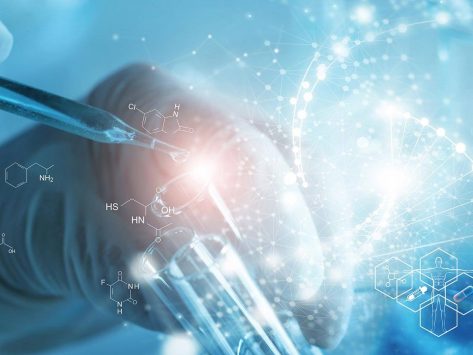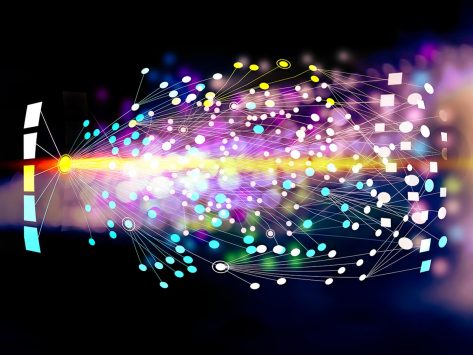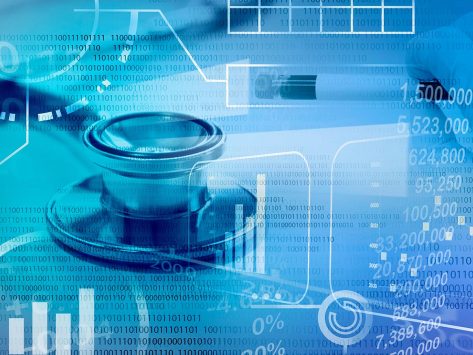FDA Guidelines on Real World Data and Real-World Evidence
“As the breadth and reliability of RWE increases, so do the opportunities for FDA to make use of this information”, noted Scott Gottlieb, former FDA Commissioner National Academies of Science, Engineering, and Medicine while examining the impact of RWE on medical product development.
FDA has a long history of using RWE to monitor and evaluate the safety of drug products after they are approved. Real world data traditionally come from a variety of sources such as data derived from electronic health records (EHRs), medical claims and billing data, data from product and disease registries, patient-generated data, including from in-home-use settings, and even data from mobile devices that can inform on health status. With such ever-increasing reliability of real world data, FDA published its Framework for FDA’s Real World Evidence program. It laid out a framework for evaluating the potential use of real-world evidence (RWE) to help support the approval of a new indication for a drug already approved under section 505(c) of the FD&C Act or to help support or satisfy drug post-approval study requirements.
Further, the May 2019 draft guidelines, “Submitting Documents Using Real-World Data (RWD) and Real-World Evidence (RWE) to FDA for Drugs and Biologics,” encourage sponsors using RWD to generate RWE as part of a regulatory submission for investigational new drug applications (INDs), new drug applications (NDAs) and biologics license applications (BLAs).
These developments are growing acknowledgement by FDA on the need for Real-World Evidence across RCTs, single arm trials and observational studies, to enhance clinical research and support regulatory decision making.
Are Pharma and CROs ready ?
FDA has made RWD and RWE a “top strategic priority”. Medical Research is at a turning point – with an abundance of real-world data from a wide variety of sources ranging from EHRs to wearables like Fitbits delivering terabytes of data, healthcare practitioners are pushing ahead on delivering personalized care, while acknowledgingthe value of real world data and evidence.
It’s a redefining moment for Lifesciences industry – the professionals across the industry understand that RWD will transform not only clinical development process but also commercialization and reimbursement decisions. However, Life Sciences – Pharma, Biotechs, CROs – are yet to widely adopt RWD insights in an institutional way because many are unsure of the road forward and are facing several roadblocks.
There are challenges such as:
- Inconsistent RWE data collection and quality while increasing complications due to new data sources, resulting in data fragmentation.
In Lifesciences industry having data has never been a problem, however, the ability to stitch together a robust patient-journey data has been complicated. Once the patient health journey data is complete, it allows researchers to compare interventions and outcomes more meaningfully. With this the objective to fully understand the impact of different clinical options can be fulfilled. More importantly, the insights give researchers an ability to understand patient’s challenges and assess how their medical products perform when the patient need is the highest.
RWD researchers today typically use Electronic Health Record, Health Insurance Claims and Population Health sources of aggregated data for their research. There is a growing desire to leverage several new sources of patient data to make evidence generation more robust, insightful, and richer. Genomic data, biomarkers and digital data i.e. data generated from mobile devices, wearables, health apps or other biometric devices – are topmost in the priority order across organizations and researchers for real world insight generation.
However, organizations usually encounter challenges in stitching together the patient journey across these varied RWD data sets, due to their inherent nuances and complications.
- Lack of robust internal resources with the needed RWD experience and expertise.
The current nature of RWD initiatives or studies is very bespoke within lifesciences organizations. The typical approach has been to execute each study in a silo, usually dependent upon a few researchers and biostatisticians. Such an approach has led to significant gap in terms of demand for pre and post commercialization real world analytics, and the capabilities of the organization to fulfill the demand.
With hurdles such as lack of limited RWE skilled resource pool, poor knowledge sharing, lack of standard methodologies and next to no reusability, this gap continues to widen.
- Need for technology to manage and analyze data and provide RWE.
With the exponentially growing complexity and volume of different emerging RWD data sources,Lifescience and Pharma organization are seen to be insufficient for analysis and evidence generation. For example, with the increasing use of wearables and biometric devices, digitally patient reported data is becoming mainstream for clinical drug trials, while the traditional data platforms are struggling to process this real-time, streaming source of patient health information. Similarly, intelligent insight generation from EHR data is something which is beyond capabilities of current systems, as it requires new-age AI and NLP capabilities to process text data which is missing in traditional systems.
Advanced data and AI/ML driven computing technologies are critical to aggregate consistent and robust patient-journey data from these RWD sources.
Strategy for institutionalizing Real-World Data and Evidence Generation
The role of real world evidence in drug development and post-commercialization evidence monitoring is really turning the corner. So far, only payers were demanding evidence as part of the access and reimbursement process; but with FDA putting its full weight behind acknowledging it as a critical part of its regulatory framework, it right time for Pharma and CROs to build their real world data capabilities at the institutional level.
Evolving RWE as a core institutional capability and to give it necessary organizational focus, Pharma and CROs has to invest in and build out centralized “RWE center of excellence”, with a federated ecosystem of evidence generation.
- The RWE center of excellence must focus on developing core capabilities around RWE data acquisitions, standards, technology and processes.
- Develops and enforces RWE data collection and quality standards
- Acquires, develops best-in-class Big data (high complexity, structured, unstructured, streaming) processing and management capabilities for enterprise RWE data management
- Design and implements standard analytics methodologies to ensure consistency in quality of evidence generated across the organization
- Institutionalizes RWE knowledge base via structured training and knowledge management, supporting the rapid ramp-up of enterprise RWE skilled resources
- Develops standards and SOPs across RWE processes and evidence reporting
- Drives execution of strategic and highly critical evidence studies
- The broader federated ecosystem – regional, therapeutic area, product line-based teams – focus on study design and execution as well as developing partnerships and alliances.
- Execute critical RWE studies for their respective regions, therapeutic areas or product portfolios
- Drives local, regional or therapeutics areas partnerships with RWE data owners, peers, providers and other health industry stakeholders
Such a “core” Center of Excellence integrated with “federated” evidence generation strategy, is critical to bring the required scale to overall RWE generation and enablement by marrying COE driven standardization with the flexibility to meet growing specific RWE needs across the organization.




